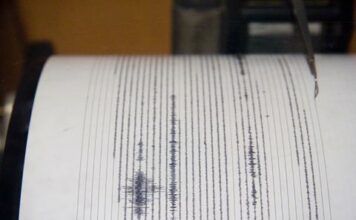Reader thinks the decision on sidewalk liability is the proper
one
City Council, Mayor Should be Praised for Decision on Sidewalks
Dear Editor,
I am writing in response to the editorials of Aug. 3 (“Liability Transferred to Residents”) and Aug. 8 “Sidewalk Repair: Take That Gilroyans!” to correct a number of misconceptions they contain.
First, since 1941 property owners have had a duty to maintain the sidewalks on their property, per state law, and a lien could be placed on their home for the cost of repairs if they fail to act (Streets and Highways Code 5610 – 5614). Most cities, including Gilroy, have long had a process for doing this.
However, if someone was injured as a result of the property owner’s failure to maintain the sidewalk, the city would be stuck with the liability. This is an anomaly in the state law, due to the fact it does not address liability to the public, being corrected by the new ordinance. Holding one responsible for damages due to failure to maintain property one has a duty to maintain is consistent with common law principles that pre-date the founding of our country. This is also consistent with basic risk management principles, placing the responsibility for recognizing and responding to potential hazards on the person who has the greatest ability to do so, the property owner who crosses the sidewalk regularly.
Second, the heaving sidewalks and liability have not become the sole responsibility of the homeowner. Recognizing that street trees have caused problems in some areas, and balancing the desire to have both trees and safe sidewalks, Gilroy began the 50-50 program to share in the cost of maintaining sidewalks. Contrary to the former mayor’s letter published Aug. 9, this is not a failed policy but in fact is a reasonable compromise not offered by most cities.
Your editorials are also incorrect in stating that if someone is injured due to a sidewalk condition caused by street trees that are owned or maintained by the city the homeowner will be liable. The ordinance is not a “get out of court free card” for the city. Each claim is reviewed to determine the proximate cause of the damages, and if they are due to the city’s failure to maintain their property the city will have to pay. If the damages were caused by the property owner’s failure to maintain the sidewalk, their own tree, or other condition they create, the property owner will have to pay. Again, this is consistent with comparative negligence principles that, up to now, have not been applied to maintenance of sidewalks.
Lastly, this is not an abrogation of local government responsibility but rather an example of responsible governance in addressing the competing demands upon scarce resources. The city should not pay for maintenance or claims caused by a property owner’s failure to act responsibly. I’m sure if the city had to pay for repairs or a large claim as a result of such failure, and consequently had to reduce services in some other area, the editors at the Dispatch would be the first to howl about the city’s failure to take adequate measures to protect the treasury.
And as to the “cadre of lawyers” you claim the Council wouldn’t stand up to, there is none. Or are you referring to the task force of dedicated citizens who spent countless hours reviewing this issue, hearing from all sides and considering numerous options before they made a recommendation that was approved by the Council? They and the mayor should be applauded for tackling a tough issue and agreeing to a sound solution they knew would be unpopular. You would do well to put in a fraction of the time they did to understand the issues before you write any more editorials on the subject.
Marcus Beverly, Risk Manager
Association of Bay Area Governments











